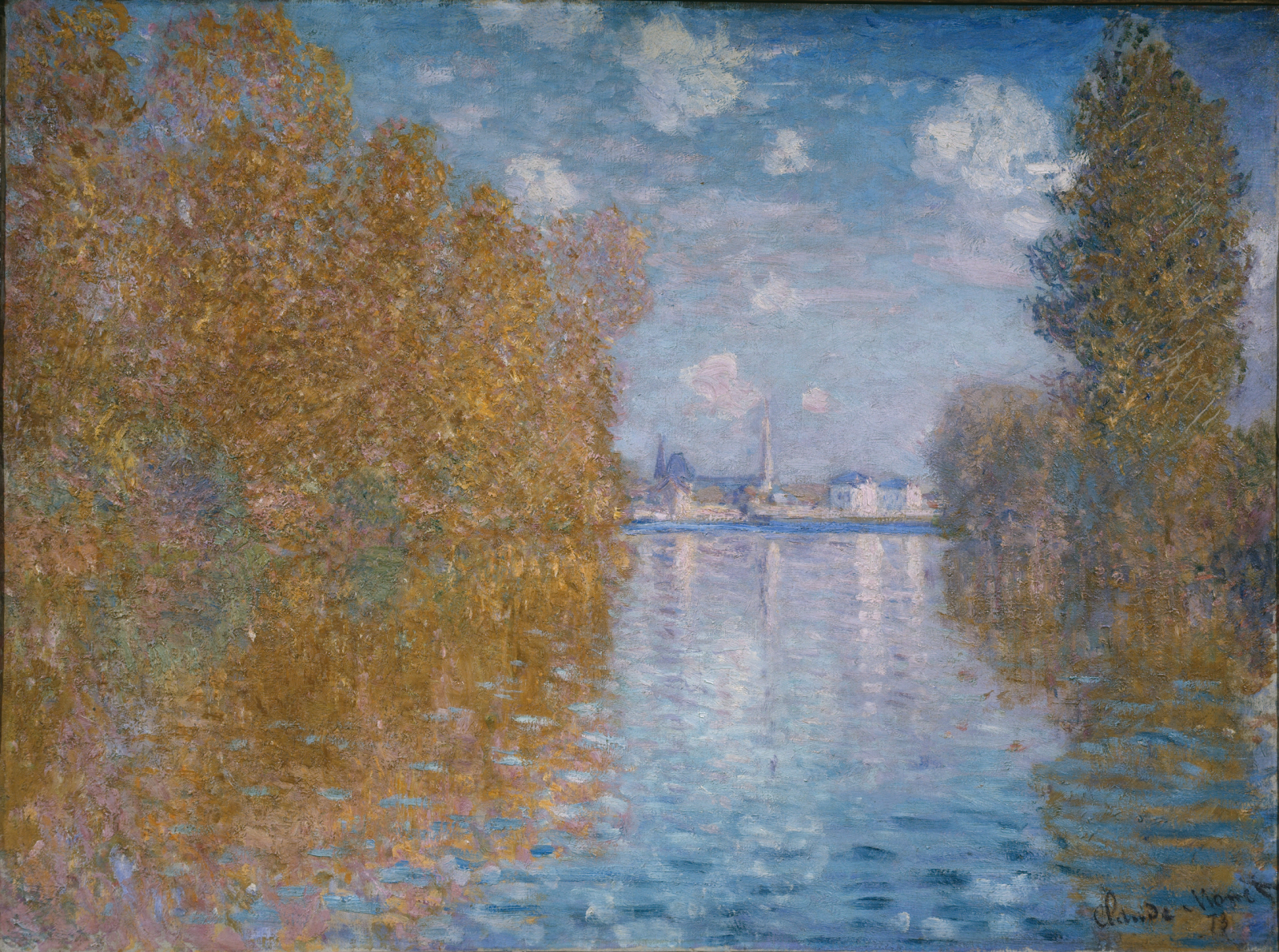The music I desire must be supple enough to adapt itself to the lyrical effusions of the soul and the fantasy of dreams.
-Claude Debussy
I’ve always loved Claude Debussy’s descriptive titles. They often seem as if they could be interchangeable with the simple, poetic titles of the great French Impressionist paintings- hazy, intangible dreamscapes of color and light which seem to open the door to a parallel world lurking just beneath ordinary consciousness. This is the feeling you get when you listen to Debussy’s 1903 piano work, Estampes (Prints) which he dedicated to his friend, the painter Jacques-Émile Blanche. It’s a piece set in three musical canvases: Pagodes (Pagodas), La soirée dans Grenade (The Evening in Granada), and Jardins sous la pluie (Gardens in the Rain).
Pagodes evokes the metallic Eastern sounds of the Javanese gamelan which Debussy heard at the 1889 Paris Exposition Universelle. Built on the Pentatonic scale, it’s music which breaks free of the harmonic rules of the time and floats with a sense of static serenity. La soirée dans Grenade instantly transports us to sultry Spain with the drowsy sounds of a distant strumming guitar and an underlying habañera dance rhythm- the same spicy rhythm we hear in that famous excerpt from Bizet’s Carmen. The flying raindrops of a summer thunderstorm in Normandy can be heard in Jardins sous la pluie, along with quotes of two French folksongs: Nous n’irons plus aux bois and Dodo, l’enfant do. This final movement ends amid innocent, playful splashes which seem to leap from the piano’s keys.
As with an impressionistic painting, Debussy’s music takes us deeper than the representational images at the surface. Underneath is a world of glistening colors, hazy landscapes, and the dreamy murmur of indistinct voices.
Here is a 2012 live performance by Russian pianist, Anna Zassimova:

